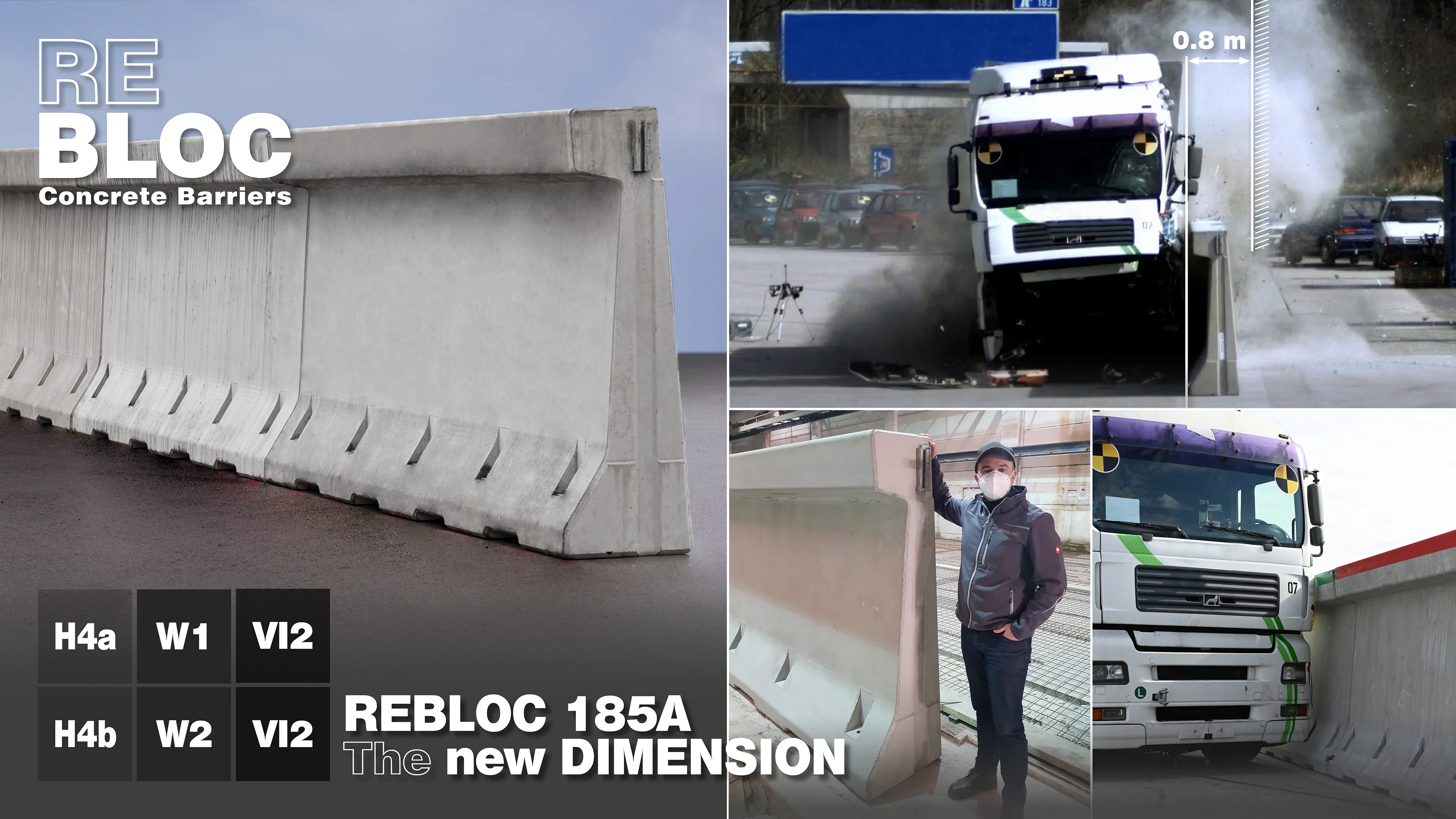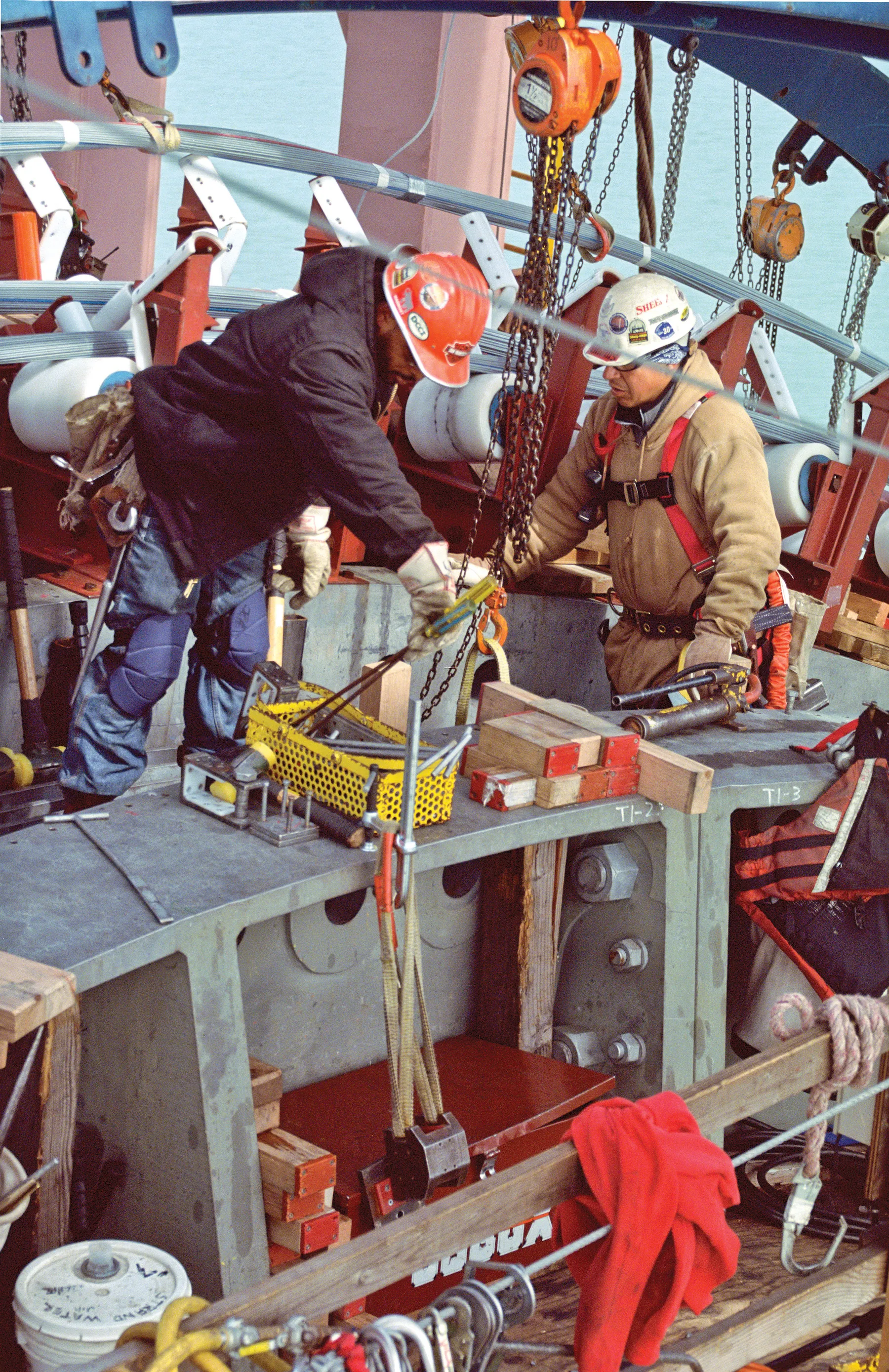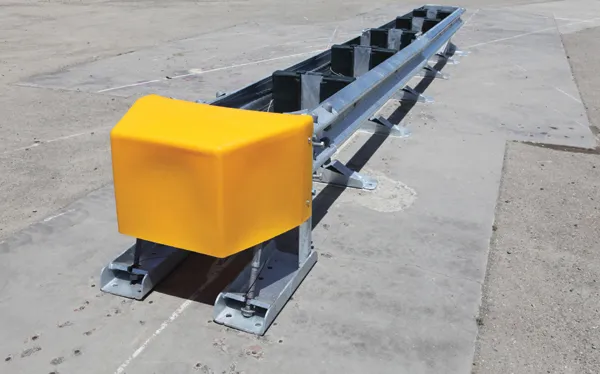
REBLOC says that its 185A barrier is the world’s first safety barrier to have the highest containment levels of H4a and H4b with the unmatched vehicle intrusion rating of VI2.
The impact of heavy goods vehicles with bridges – be it piers, overhead signs, suspension cables or other street furniture – continues to be a major issue for highway owners and local authorities. There is always the chance that damage to a bridge’s structure could at any time render it unsafe for further use until repairs are made.
Now, with the precast concrete safety barrier 185A from REBLOC, comes the world´s first extensively tested and fully EN 1317-1/2 compliant safety barrier with highest containment levels H4a and H4b. It has a working width of W1 and W2 and has an outstanding VI2 vehicle intrusion level. All this from a barrier that is 1.85m high, only 0.57m wide and needing a footprint of just 0.8m, making the system suitable for a vast array of bridge types.
The anchored barrier offers the best protection against errant vehicles, prevents the vehicle from breaking through or projecting over the barrier. Damage to the bride structure is limited and – importantly – driver and passenger safety is greatly enhanced.
Due to its modular design and a patented coupling system, the REBLOC 185A is quickly and effortlessly installed on site irrespective of the season or weather conditions. Fast and efficient installation shortens the time of restrictive measures for traffic.
REBLOC is a specialist in precast concrete barriers, providing a wide range of road safety solutions for almost every permanent and temporary application on roads and bridges, including integrated noise protection, emergency gates and urban safety systems.








